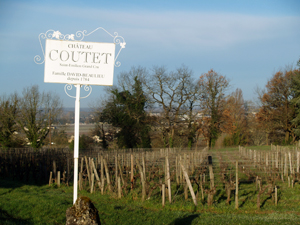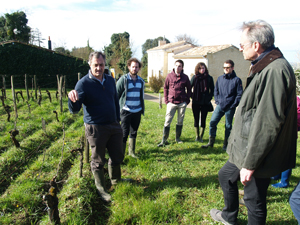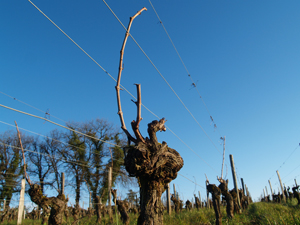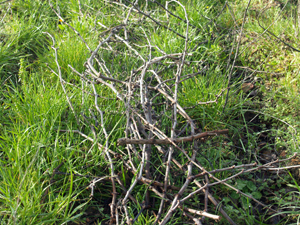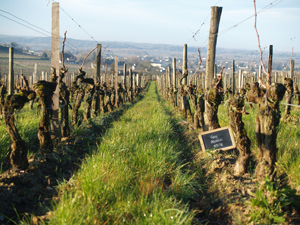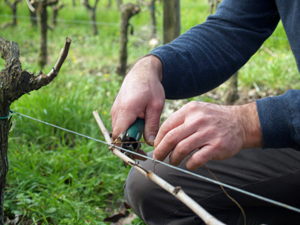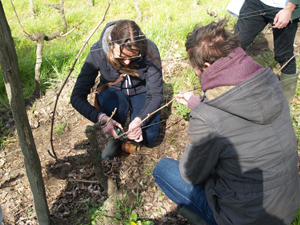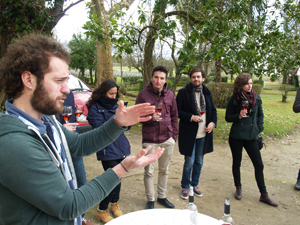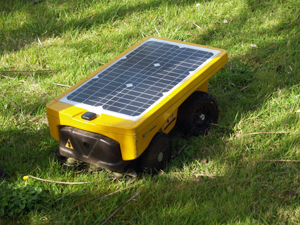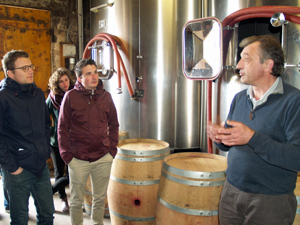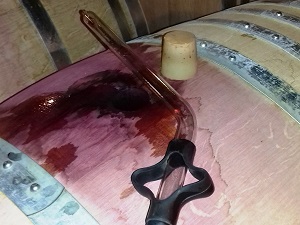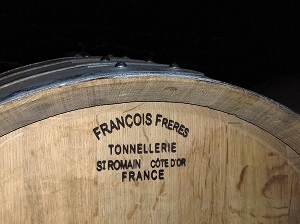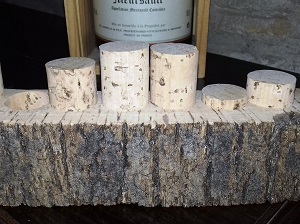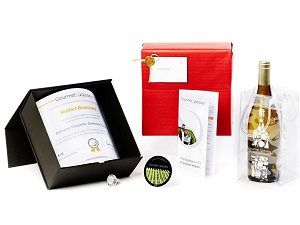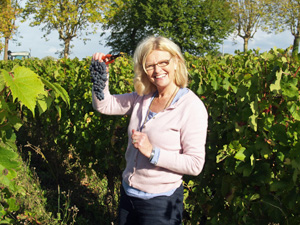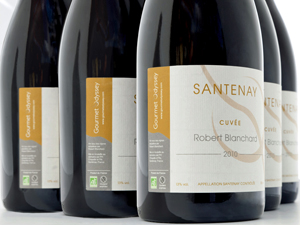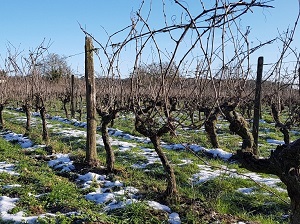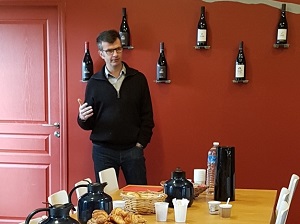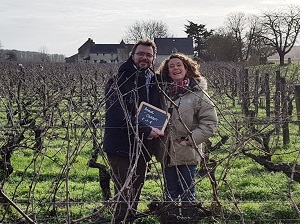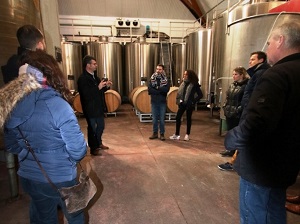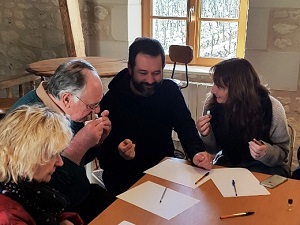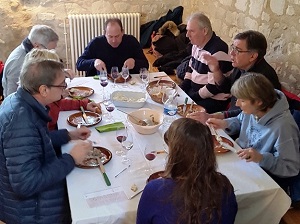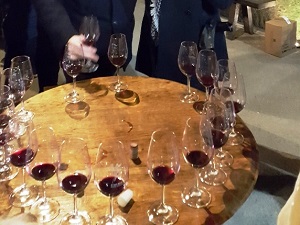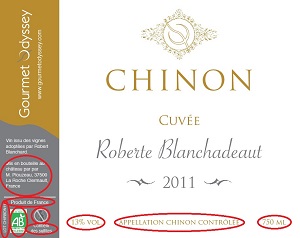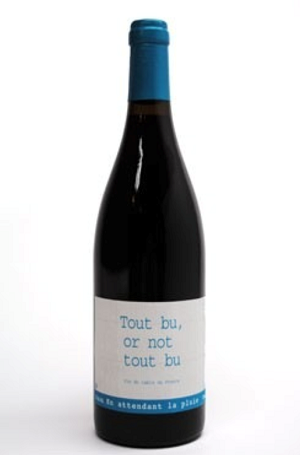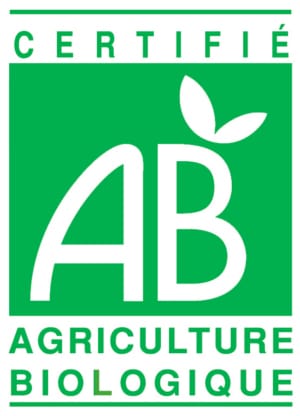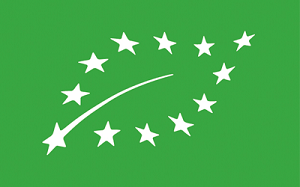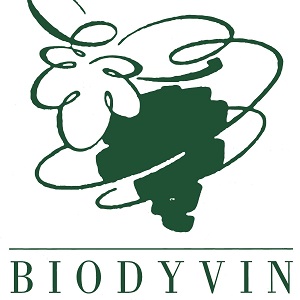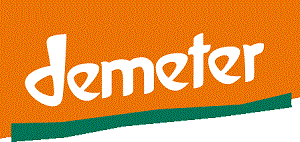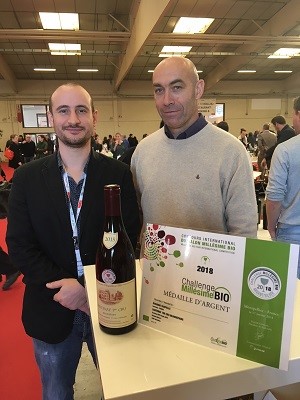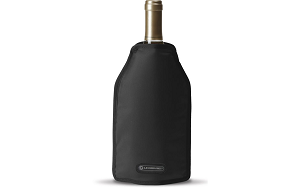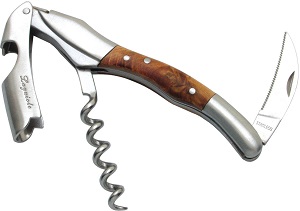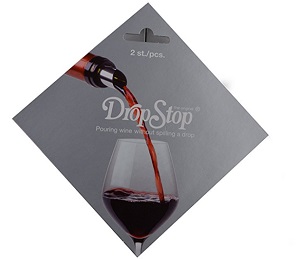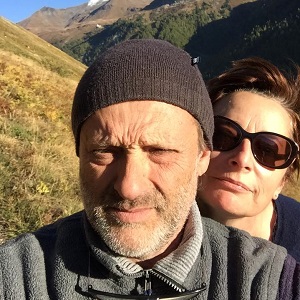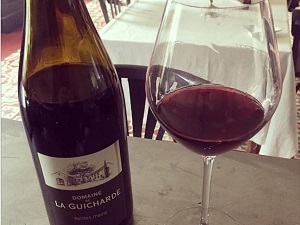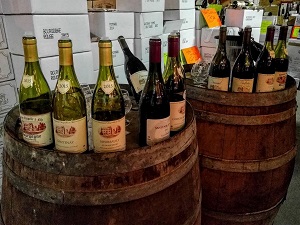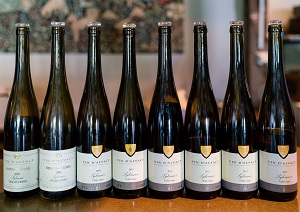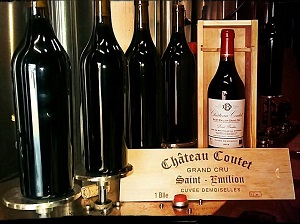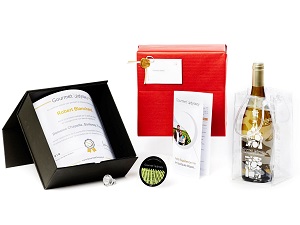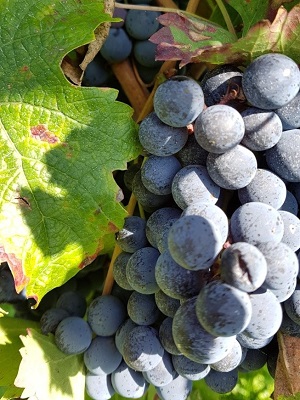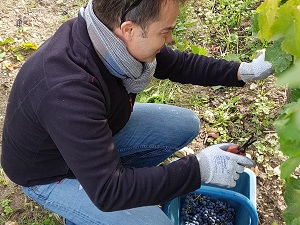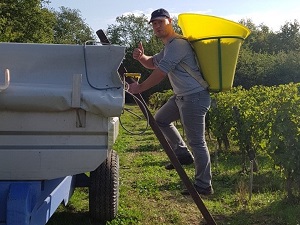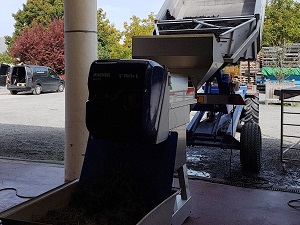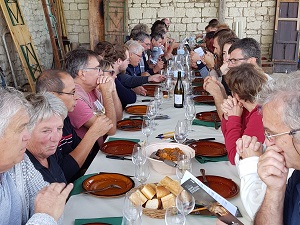Whether your wine bottles have personalised labels, as with our
adopt a vine wine experience, or not, they contain lots of information, some of it not always easy to understand! Some of the information is a legal obligation, some is useful to describe and qualify the wine, and other mentions are sometimes purely whimsical. Here’s a short guide to help you decipher a wine label.
Most French wine bottles have two labels. The main label that is on the front of the bottle and a back label. Usually the front label is used for the name of the wine, the branding and the obligatory information. The back label is often used to give more information, notably about its taste, the winery or pairing suggestions.
It is not set in stone however on which label much of the required information should appear, and so sometimes as little information as possible will appear on the front label, to keep it as uncluttered as possible, leaving more space for the name of the wine and graphics.
The legally required information
Some of the information has to appear on a label. In France there are 8 required mentions for still wines, and for sparkling wines a ninth is added to state the level of sugar.
First of all the name of the appellation (AOC / AOP) or the protected geographical indications (PGI), both of which serve to guarantee where a wine was made and the methods used in working in the vineyard and cellar.
Then comes the volume of wine. A classic French wine bottle holds 0.75 l of wine, 1.5 l for a magnum, 3 l for a jeroboam etc. There are however some special cases such as 0.62 l for bottles of “vin jaune” that are put into a distinctive bottle, called a “Clavelin”. (0.62 l represents the amount of wine that is left of 1 l of wine at the end of the 6 year ageing period. The rest is lost to the angels share!).
The alcoholic degree gives an indication to the maturity of the grapes when they were harvested. A ripe grape has more sugar in it, giving a wine with a higher alcoholic degree.
The country where the wine comes from, the name and legal entity of the bottler. The bottler is not necessarily the winemaker, and can be a wine merchant.
A batch number is also attributed to the wine to identify where exactly it came from and how the wine was made. Sometimes this number is printed directly onto the bottle instead of the label.
For health warnings, in addition to the pregnant woman graphic which has been required since 2005, the label is also obliged to say if the wine contains sulphites, and since 2012 if it contains any allergens such as egg or dairy based products which can sometimes be used to clarify or filter the wines. If you’re worried about sulphites, please note that a wine that is completely free of sulphites does not exist. It’s naturally present in the grape, and is indeed needed to help stabilise and keep the wine a minimum amount of time. Natural wines are wines that have no added sulphites, but there is no certification and hence logo to look out for. Natural wines tend not to travel or keep as long as wines that have had some sulphites added, so it’s good to take into consideration when and where you will likely drink the wine if you see a mention like “sans sulphites ajoutés”, “no added sulphites”, “vin nature”, “natural wine”.
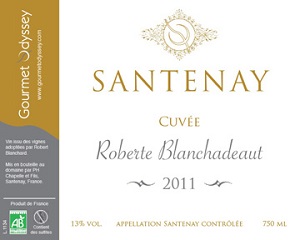
In addition to these legal mentions for all wines, some AOP regions impose other requirements for the labels. For example in Burgundy, the name of the wine should not be larger than the name of the appellation. The name of the appellation has to be the tallest and widest in font size of all of the information printed on the labels.
Other information: optional, but regulated
Even if the majority of the remaining information is mainly commercial, the winemaker still has rules to follow. On most bottles, the name of the wine will appear along with the type of wine and obligatory information as decided by the appellation. The winemaker may also include the name of the village or the vineyard where the grapes were picked. In a wide spread and well-known wine growing region such as Bordeaux and Burgundy, this helps to identify different styles of wine.
Pay attention to some specific words such as “Clos”, “Château” and “Cru”, which are reserved for use by AOP or PGI wines that have been made exclusively from grapes coming from the named winery or vineyard.
The vintage, which is always the year that the grapes were harvested, is an important piece of information, because some years are better than others, some wines are better drunk sooner rather than later, and some have a better potential for storing than others. To use the vintage, at least 85 % of the grapes have to have been picked from the mentioned year.
The winemaker may also choose to mention that the wine was estate bottled or “mis en bouteille au domaine / château”. This is reassuring to some customers that the wine was made by the winemaker, and the grapes or wine weren’t bought and made by a wine merchant.
In France, the grape varietal used in making the wine is not always mentioned, and is done so much less frequently than New World wines. This requires some basic knowledge on the part of the customer, for example to know that a Burgundy red wine is made from pinot noir grapes and a Burgundy white wine from Chardonnay. It can be very useful to state the grape varietal to help consumers with little wine knowledge, or to help people when it comes to blended wines. For example if you know that you prefer fruitier wines when choosing a Bordeaux wine, it would be helpful to look for a wine that has a high percentage of Merlot over Cabernet Sauvignon, and vice versa if you prefer a wine that is more robust and has a longer finish.
You will sometime see a phrase similar to “elevé en fût de chêne” or “aged in oak barrels”. This is an optional mention, but is regulated. At least 50% of the wine has had to have spent at least 6 months in an oak barrel. Ageing in oak changes the structure, taste and aromatic characteristics of a wine, so this mention can help you depending on the style of wine that you are looking for.
Other information: optional, but unregulated
This where you have to be a little more careful not to be led astray. Although some of the information may be very helpful in helping you to choose a wine and learn a little more how it tastes, sometimes the information can be a little subjective.
For example, our partner winemaker in Alsace, the Domaine Stentz-Buecher, puts a scale on the back label to show how dry or sweet their different wines are. This is very helpful to the consumer as the different grape varietals of Alsace wines can vary greatly in how dry or sweet they are, and even the same grape varietals from different winemakers or vineyards can vary.
An example of a mention that is much more subjective and can be misleading is “Vielles vignes” or old vines. As vines get older, their roots dig deeper, and they produce better quality grapes. So “vielles vigne” should be a term that indicates a higher quality wine. The problem is at what age does a vine become old? There is no regulation as to the age, and so it is up to the winemaker. For one winemaker a plot of 30 year old vines might be considered vielles vignes, however another winemaker who has 80 year old vines might consider them to be still relatively youthful. It can be helpful when choosing among different wines from the same producer, but should be taken with more caution when comparing wines from different winemakers.
Regarding the graphics of the label, there are no rules, and so the winemaker has more freedom to be creative, which can sometimes lead to some very surprising results! When choosing the design, the winemaker is trying to create an identity for the wine, and to make it visually attractive to the target consumer. But the winemaker has to be careful because what might attract one person, might not be to the taste of someone else, and sometimes the visual identity can make finding and reading the rest of the information more difficult.
And organic wine labels?
Until 2012, the organic certification for wines only concerned itself with the grapes were grown, and not how the wine was made once the grapes had been picked. French wine labels stated “wine made from organically grown grapes” or “vin issu de raisins de l’agriculture biologique”.
Since then, the winemakers work in the cellar to age and bottle the wine is also controlled to meet organic standards. For example organic wine has to have a level of sulphites less than 100 mg/l for red wines, and 15 mg/l for white wines. Wine can now be called “organic wine”, and this mention now appears of the labels.
There are two logos used in France to identify that a wine is organically certified. Firstly there is the AB logo (Agriculture biologique) and secondly the green leaf European organic logo. On older bottles prior to 2010, you’ll most likely see just the AB logo, but since then, you’ll either see the AB logo together with the European logo, or just the European logo.
Biodynamically certified wines can be identified by either the Demeter or Biodyvin logos. Read our article on organic, biodynamic and natural wines for more information.
Don’t judge a book by its cover
It’s therefore worth spending a bit of time reading the wine labels when choosing a bottle. But as with reading, it’s best to look inside, and so the surest way to judge the quality of a wine is to open the bottle and taste it!
Related articles
Organic, biodynamic and natural wines
What makes French Organic Wine, Organic?
